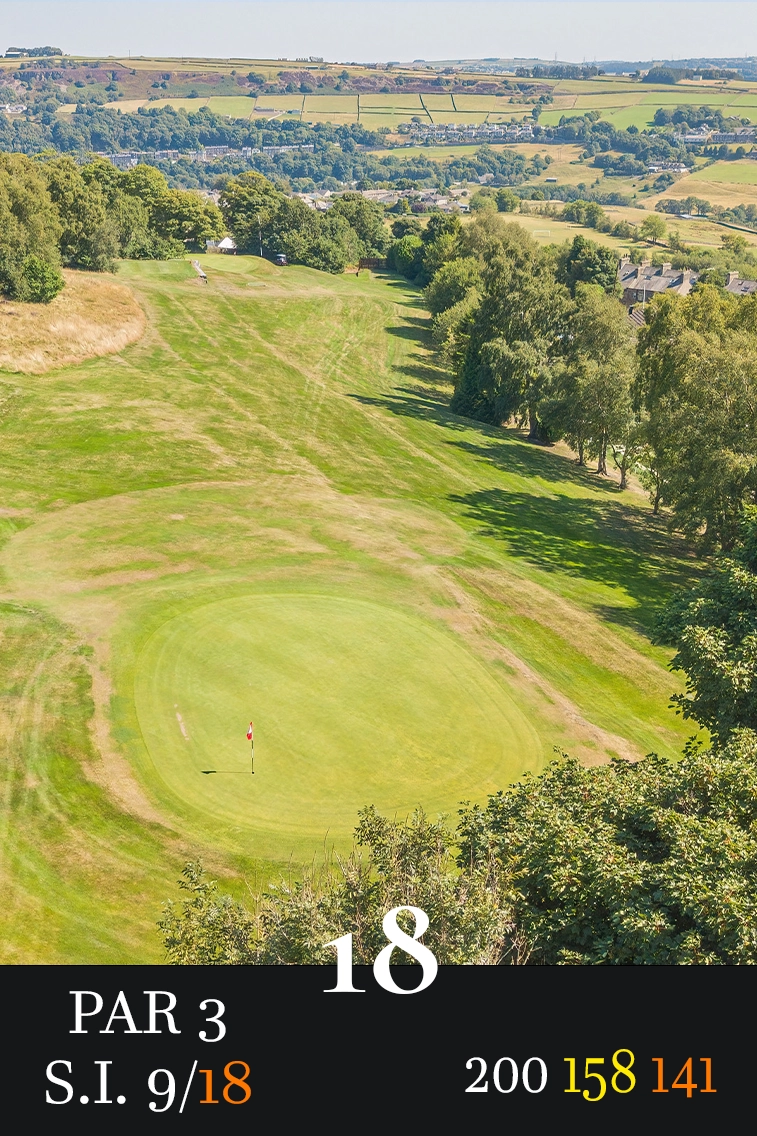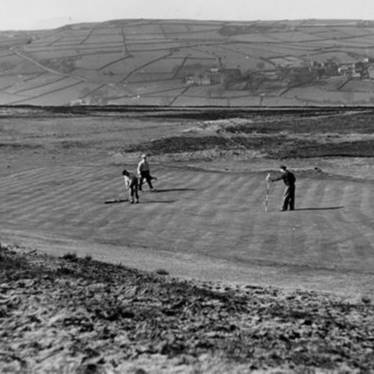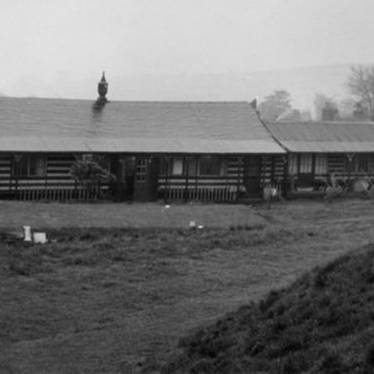Course History
The club was formed in March 1912 as a 9 Hole course. The Committee at the time asked the Greenkeeper, a Mr. H.J. Large, to quote for the construction of the tees and greens, the Council minutes of December 1912 showed that his original quote of £25.00s was turned down as too expensive, they finally accepted his revised quote of £19.00s.
The annual subscription for a Full Gent at this time was £1.10s. The land was leased from the Duke of Devonshire. In 1925 the Club increased their acreage in order to build an 18 hole golf course and at the time the annual rent to the duke was £5.00. Over the years the land was purchased from the Duke and other sections were purchased as they became available, the most recent purchase was in 2003, each purchase adding to the quality of the course.
In 1995, a significant improvement was made to the course through a joint effort between the members and the Lottery Commission. With a grant of £93,000, we were among the first clubs to receive such support. The decision to drain the course has proven highly beneficial, as it is now consistently playable.
Through the 1960's, 70's and 80's we had the honour of having two ex-Ryder Cup players serving as our Professionals, Bert Jolly and Alex Caygill. The former played in the first Ryder Cup Competition in 1927.
Course Architect James Braid
James Braid, a Scottish professional golfer, was part of the Great Triumvirate alongside Harry Vardon and John Henry Taylor. He won The Open Championship five times and was renowned as a golf course architect.
Born in Earlsferry, Fife, he turned professional in 1896 and overcame initial putting problems by switching to an aluminum putter in 1900. Braid won numerous championships, including four British PGA Matchplay Championships and the 1910 French Open title.
He became a club professional at Walton Heath in 1912 and had a successful career in golf course design, creating notable courses like Gleneagles’ “King’s Course” and Carnoustie Golf Links. Braid’s final design was Stranraer Golf Club’s course in 1950. He passed away in London on November 27, 1950.


Course Architect Dr Alister Mackenzie
When the world’s best golfers arrive at the majestic Augusta National for the U.S. Masters, they will tread fairways and fire into greens created by a Yorkshire born Scot called Dr Alister MacKenzie. Between 1907 and his death in 1934 he became one of history’s most skillful and prolific golf course architects.
Born in Wakefield, Yorkshire in 1870, MacKenzie attended Queen Elizabeth Grammar School in Wakefield then Cambridge University from where he graduated with degrees in chemistry, medicine and natural science. He joined his father’s medical practice but was soon called away to serve in the second Boer War. During the posting MacKenzie developed an aptitude for camouflage – a skill he would go on to use with some aplomb as a golf course designer.
Upon returning from the trenches of southern Africa, MacKenzie briefly went back to his duties as a doctor before embarking on a career in golf course architecture. He was originally inspired to change tack because he was convinced of the benefits golf provided to patients.
“How frequently have I, with great difficulty, persuaded patients who were never off my doorstep to take up golf, and how rarely, if ever, have I seen them in my consulting rooms again.” He said.
MacKenzie cut his teeth as a course architect at The Alwoodley Golf Club in his native Yorkshire. In 1907 MacKenzie was one of the club’s founding members and, having already made outline sketches for a course, he was tasked with laying out 18-holes across the moorland.


























































